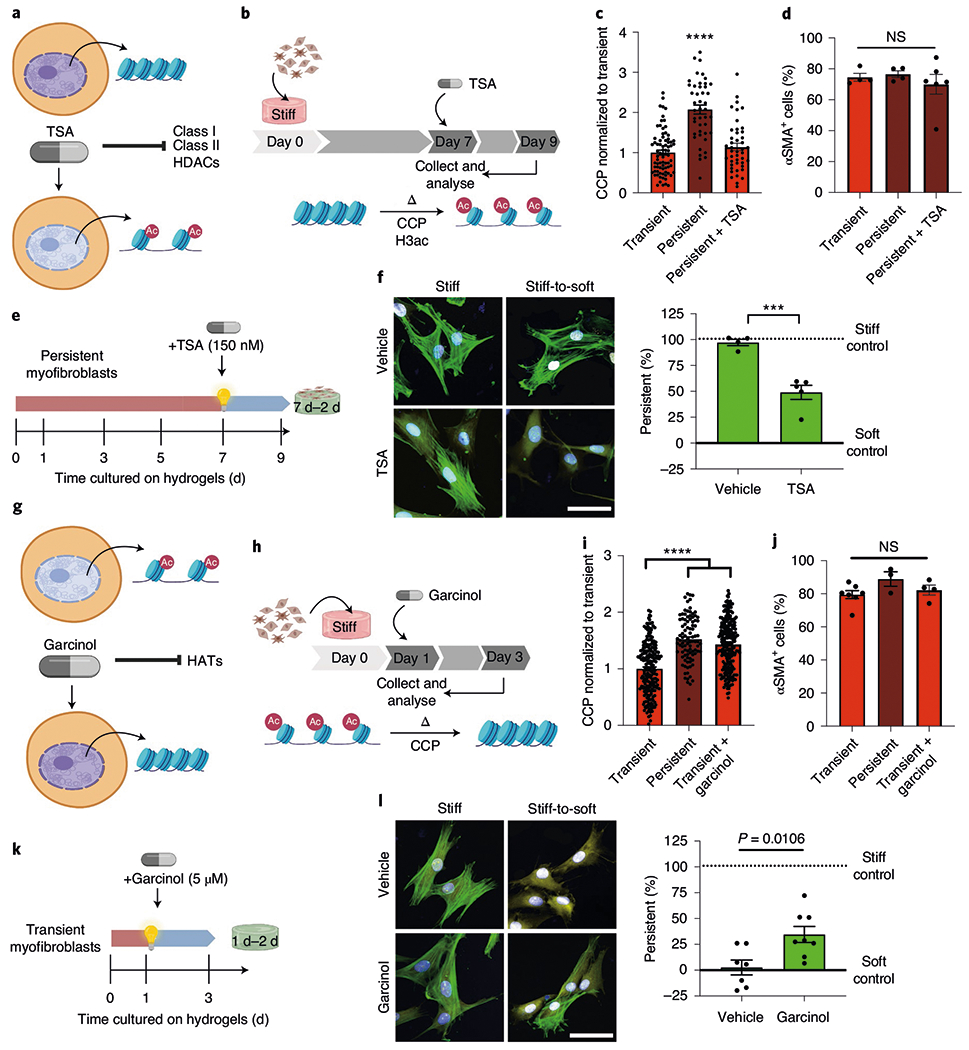Fig. 4 |. Chromatin remodelling is necessary for myofibroblast persistence.

a, TSA as a tool to increase chromatin accessibility. b, Schematic of the cell culture experiment to test whether TSA can revert the chromatin structure of persistent cells. c, CCP of transient and persistent myofibroblasts as well as persistent myofibroblasts treated with TSA. One-way ANOVA with Bonferroni’s post-hoc test; n = 78 (transient) and 44 (persistent and persistent + TSA) cells. d, Per cent αSMA+ cells in transient myofibroblasts (1 d stiff, 2 d stiff + dimethyl sulfoxide (DMSO)), persistent myofibroblasts (7 d stiff, 2 d stiff + DMSO) and TSA-treated persistent myofibroblasts (7 d stiff, 2 d stiff + TSA). One-way ANOVA with Bonferroni’s post-hoc test; n = 4 (transient and persistent) and 6 (persistent + TSA) hydrogels. e, Schematic of the cell culture experiment to test whether TSA can reverse myofibroblast persistence. f, Left: representative images of persistent myofibroblasts treated with vehicle (DMSO) or TSA for 2 d (n = 12 images per hydrogel). CellMask, yellow; αSMA, green; DAPI, blue. Scale bar, 50 μm. Right: myofibroblast persistence after vehicle or TSA treatment for 2 d (7 d stiff, 2 d soft + DMSO or TSA). Two-tailed Student’s t-test; n = 4 (vehicle) and 5 (TSA) hydrogels. g, Garcinol as a tool to decrease chromatin accessibility. HAT, histone acetyltransferase. h, Schematic of the cell culture experiment to test whether garcinol can encode chromatin condensation in transient cells. i, Quantification of chromatin compaction by CCP for transient (1 d stiff, 2 d stiff + DMSO), persistent (7 d stiff, 2 d stiff + DMSO) and garcinol-treated transient myofibroblasts (1 d stiff, 2 d stiff + garcinol). One-way ANOVA with Bonferroni’s post-hoc test; n = 209 (transient), 95 (persistent) and 235 (transient + garcinol) cells. j, Per cent αSMA+ cells in transient myofibroblasts (1 d stiff, 2 d stiff + DMSO), persistent myofibroblasts (7 d stiff, 2 d stiff + DMSO) and garcinol-treated transient myofibroblasts (1 d stiff, 2 d stiff + garcinol). One-way ANOVA with Bonferroni’s post-hoc test; n = 7 (transient), 3 (persistent) and 4 (transient + garcinol) hydrogels. k, Schematic of the cell culture experiment to test whether garcinol can encode myofibroblast persistence. l, Left: representative images of transient myofibroblasts treated with vehicle or garcinol for 2 d (n = 12 images per hydrogel). CellMask, yellow; αSMA, green; DAPI, blue. Scale bar, 50 μm. Right: myofibroblast persistence with vehicle or garcinol treatment (1 d stiff, 2 d soft + DMSO or garcinol). Two-tailed Student’s t-test; n = 7 (vehicle) and 8 (garcinol) hydrogels. Data from three biologically independent replicates. ***P < 0.001; ****P < 0.0001; NS, not significant. Data reported as the mean ± s.e.m.
